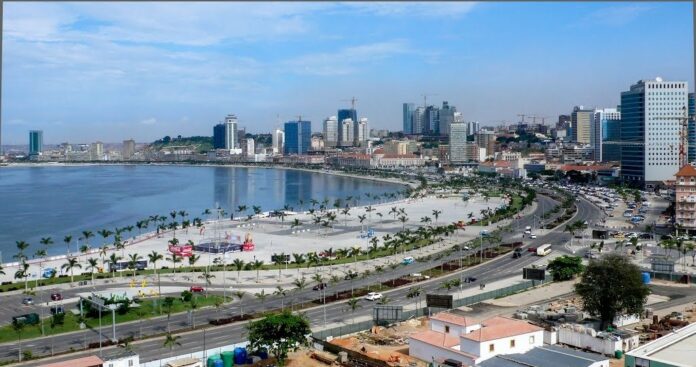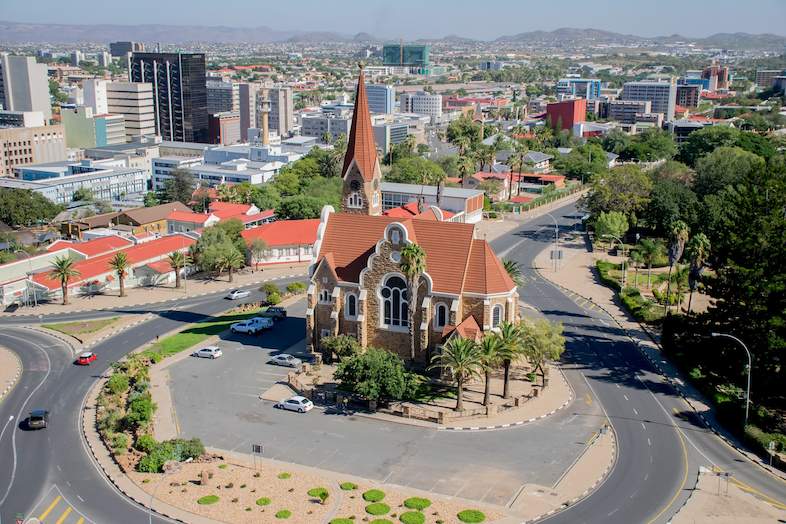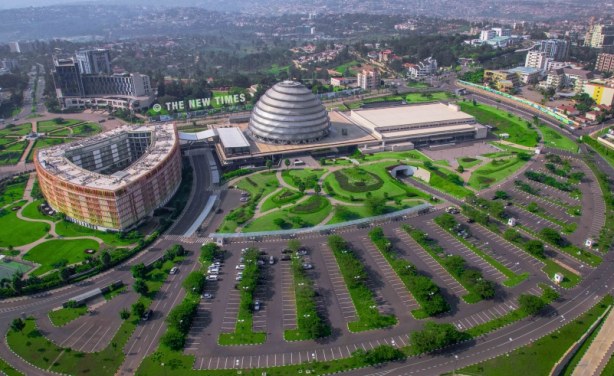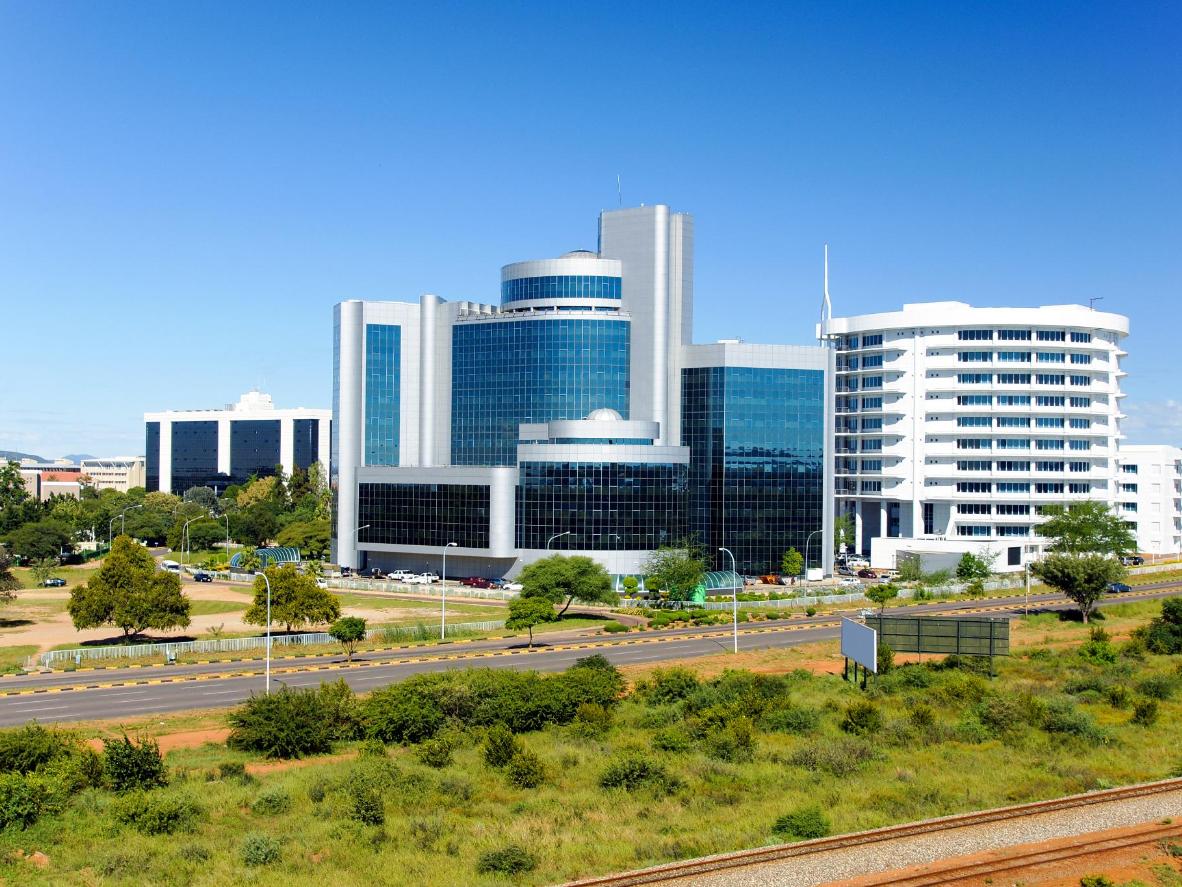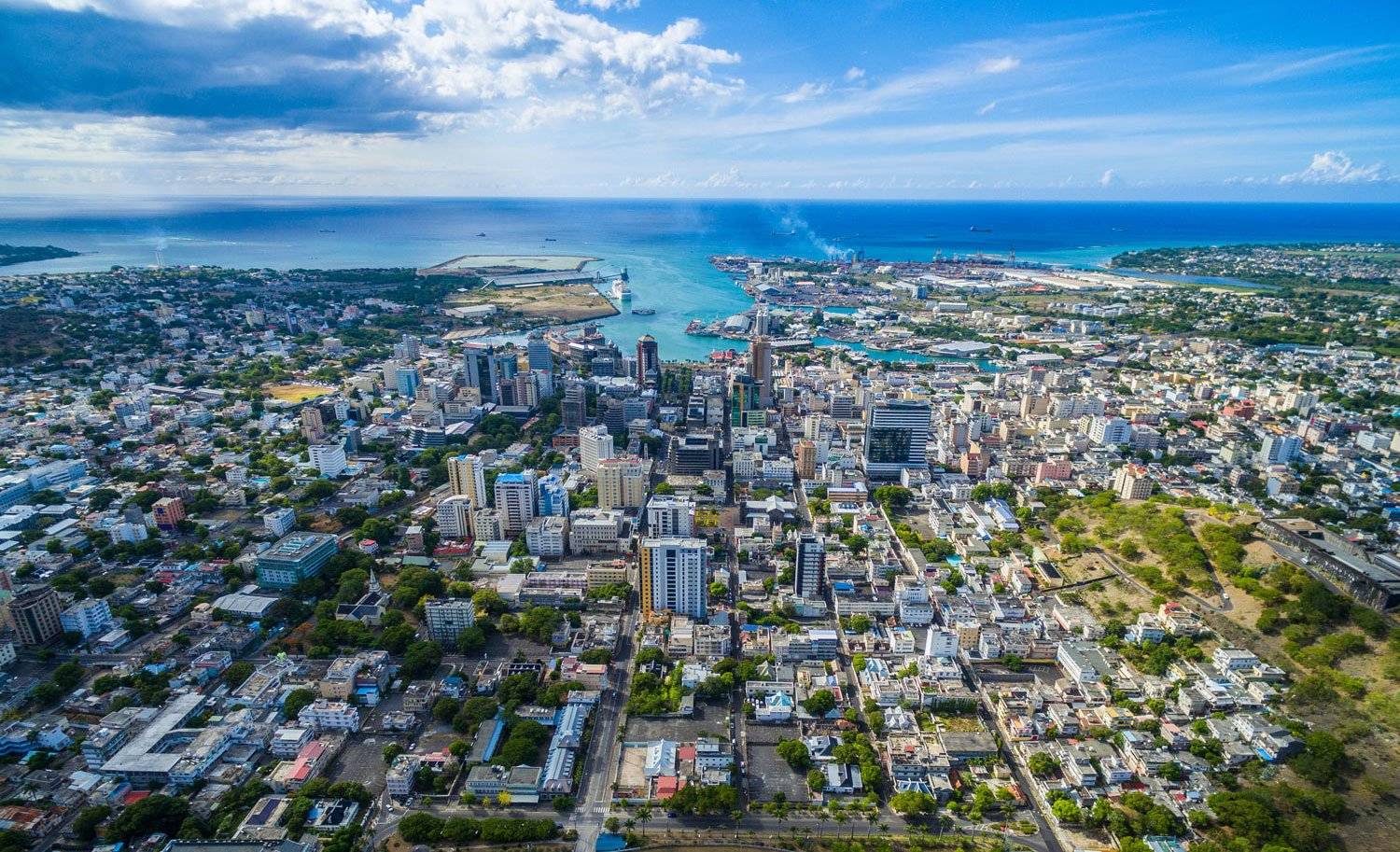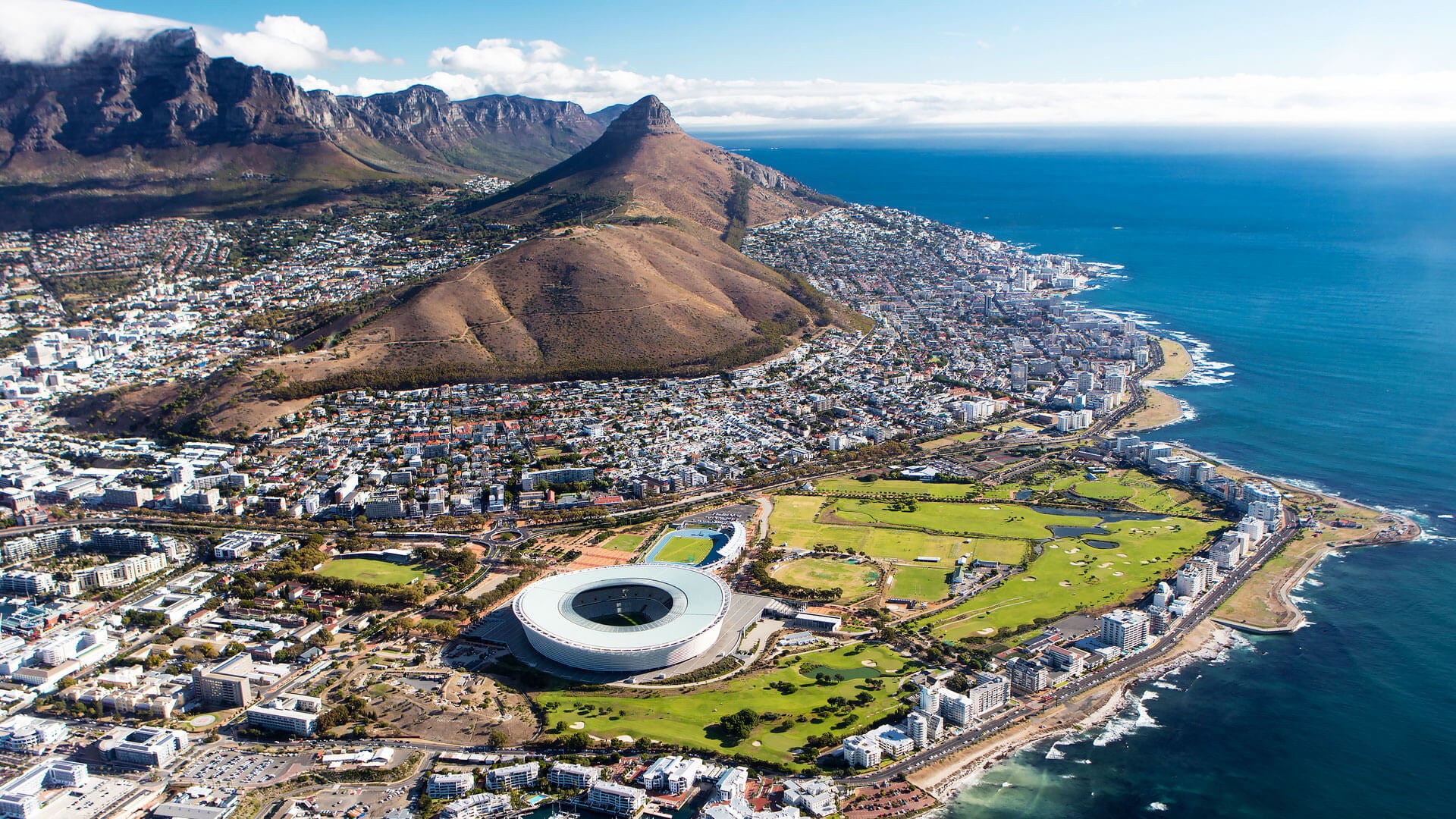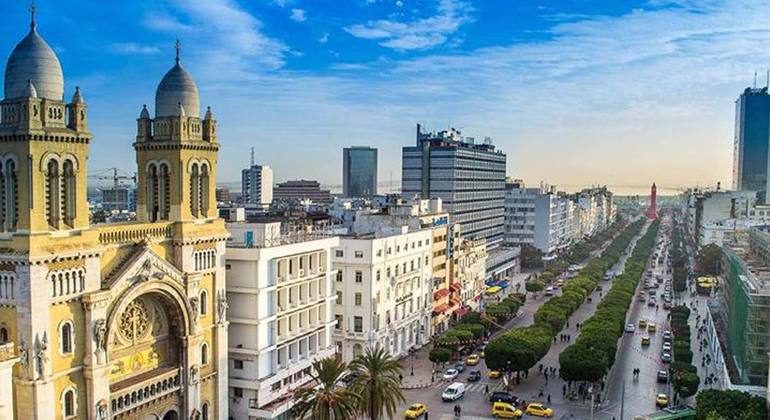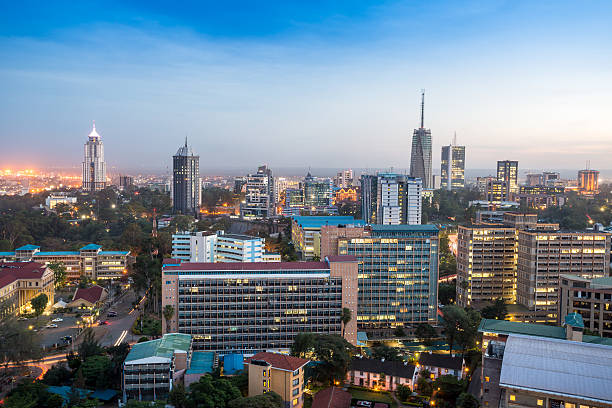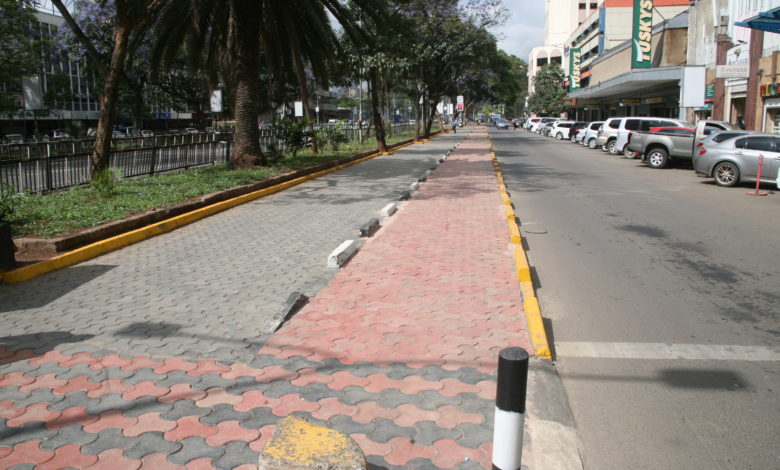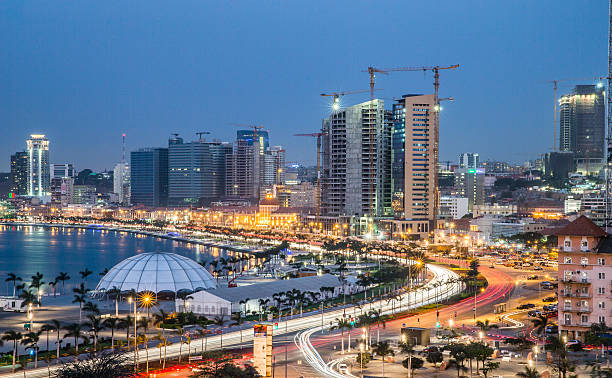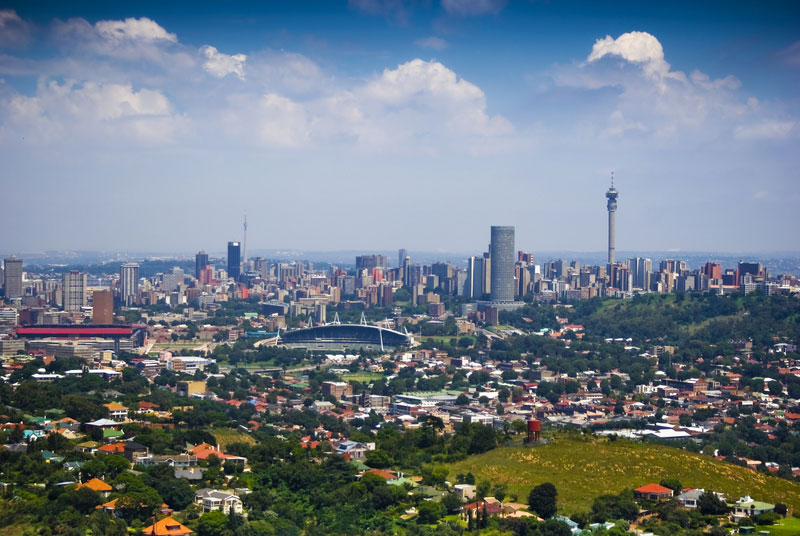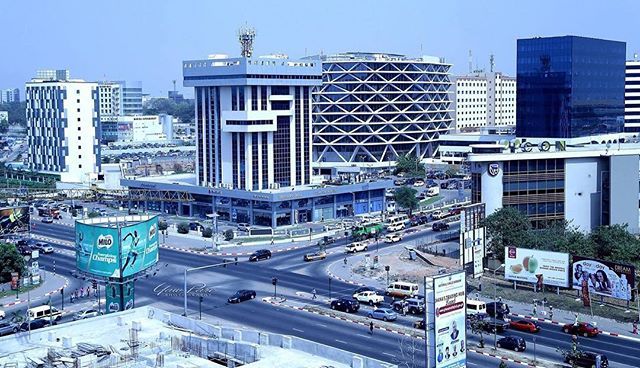Cleanest Cities in Africa: Yes, Africa now has cities that compete on a global scale. Gone are the days when African cities were identified by slams, poor garbage disposal methods, and overall dirty state. The more the world has become a global village the more Africa has risen to the occasion to showcase its potential.
Kigali, Rwanda’s capital, is often lauded as “Africa’s cleanest city”. The country’s 2008 ban on non-biodegradable plastic is often mentioned as a cause. Another is that on the last Saturday of every month, people across the country commit time to projects aimed at improving the country’s public spaces, in a mandatory practice called Umuganda—loosely translated as “coming together to achieve a common purpose”.
However, in this year’s ranking Kigali Rwanda’s capital city has dropped the crown for another city that has always won global accolades when it comes to safety, roads, and cleanliness.
From Tunis in Northern Africa to the southernmost tip for the continent Cape-Town. From the less popular city of Kumasi in West Africa to the Islands of Seychelles. Here is a ranking by the Bizna group of Africa’s top 10 cleanest cities.
1. Windhoek – Namibia (Population: 2.59 million inhabitants)
Apart from having streets from cyclists only Namibia a green policy for enganging every citizen to participate in tree planting campaigns around their cities Windhoek is the social, economic, political, and cultural center of the country. Nearly every Namibian national enterprise, governmental body, the educational and cultural institution is headquartered there.
The city developed at the site of a permanent hot spring known to the indigenous pastoral communities. It developed rapidly after Jonker Afrikaner, Captain of the Orlam, settled here in 1840 and built a stone church for his community. In the decades following, multiple wars and armed hostilities resulted in the neglect and destruction of the new settlement.
2. Kigali – Rwanda (Population: 870,000 million inhabitants)
Kigali, city and capital of Rwanda. It is located in the centre of the country on the Ruganwa River. Kigali was a trade centre (after 1895) during the German colonial administration and became a regional centre during the Belgian colonial period (1919–62).
It became the capital upon Rwanda’s independence in 1962.
Rwanda strict laws against littering, use of plastic bags and good wages of city cleaners are the reason why Kigali has since 2015 been among the top 5 cleanest cities in Africa. Every last Saturday of the month is a public holiday and all offices close to allow its citizens participate in general city cleaning from their homes to the city center.
3. Gabarone – Botswana (Population: 430,000 inhabitants)
Gaborone City is situated between Kgale Hill and Oodi Hill, near the confluence of the Notwane River and Segoditshane River in the south-eastern corner of Botswana, 15 kilometers (9.3 mi) from the South African border.[15] The city is served by the Sir Seretse Khama International Airport. It is an administrative district in its own right but is the capital of the surrounding South-East District.
Locals often refer to the city as GC or Motse-Mshate.
The city of Gaborone is named after Chief Gaborone of the Tlokwa tribe, who once controlled land nearby.[18] Because it had no tribal affiliation and was close to freshwater, the city was planned to be the capital in the mid-1960s when the Bechuanaland Protectorate became an independent nation.
The centre of the city is a long strip of commercial businesses, called “Main Mall” with a semicircle-shaped area of government offices to its east. Gaborone was once one of the fastest-growing cities in the world, and this has created problems with housing and illegal settlements. The city has also dealt with conflicts spilling into the country from Zimbabwe and South Africa during the 1980s.
4. Port Louis – Mauritius (Population: 159,000 inhabitants)
Port Louis was founded about 1736 by the French as a calling place for ships rounding the Cape of Good Hope (South Africa) on the passage between Asia and Europe. British occupation of the island during the Napoleonic Wars (1800–15) was a strategic factor in securing control of the Indian Ocean, but the opening of the Suez Canal in 1869 resulted in the port being bypassed by shipping.
Port activity increased during the closure of the Suez Canal (1967–75), and the harbour was modernized in the late 1970s. The city is the central collecting and clearing point for all imports and exports from Mauritius and its dependencies and is connected by road to the rest of the island. Sugar exports, once the mainstay of the economy, have been superceded in importance by manufacturing (notably textiles) and services (notably tourism).
5. Cape Town – South Africa (Population: 4.7 million inhabitants)
Known for its clean beaches, modern city infrastructure, and green suburbs, Cape Town never misses on any positive rankings on the African continent. Located on the shore of Table Bay, Cape Town, as the oldest urban area in the Western Cape, it was developed by the Dutch East India Company (VOC) as a supply station for Dutch ships sailing to East Africa, India, and the Far East.
Jan van Riebeeck’s arrival on 6 April 1652 established the VOC Cape Colony, the first permanent European settlement in South Africa. Cape Town outgrew its original purpose as the first European outpost at the Castle of Good Hope, becoming the economic and cultural hub of the Cape Colony. Until the Witwatersrand Gold Rush and the development of Johannesburg, Cape Town was the largest city in South Africa.
6. Tunis – Tunisia (Population: 2.7 million inhabitants)
Tunis is the capital and largest city of Tunisia. The greater metropolitan area of Tunis often referred to as “Grand Tunis”, has about 2,700,000 inhabitants. As of 2020, it is the fourth-largest city in the Maghreb region (after Casablanca, Algiers, and Tripoli) and the sixteenth-largest in the Arab world.
Situated on a large Mediterranean Sea gulf (the Gulf of Tunis), behind the Lake of Tunis and the port of La Goulette (Ḥalq il-Wād), the city extends along the coastal plain and the hills that surround it
7. Nairobi – Kenya (Population: 4.39 million inhabitants)
From the time Nairobi infrastructure governance was handed over to Nairobi Metropolitan services, Nairobi has been climbing up the ranks in these global rankings Nairobi is the capital and the largest city in Kenya. The name comes from the Maasai phrase Enkare Nairobi, which translates to “cool water”, a reference to the Nairobi River which flows through the city.
The city proper had a population of 4,397,073 in the 2019 census, while the metropolitan area has a population of 9,354,580. The city is popularly referred to as the Green City in the Sun.
Nairobi was founded in 1899 by the colonial authorities in British East Africa, as a rail depot on the Uganda – Kenya Railway. The town quickly grew to replace Mombasa as the capital of Kenya in 1907. After independence in 1963, Nairobi became the capital of the Republic of Kenya.
During Kenya’s colonial period, the city became a center for the colony’s coffee, tea, and sisal industry. The city lies in the south-central part of Kenya, at an elevation of 1,795 meters (5,889 ft). According to the 2019 census, in the administrative area of Nairobi, 4,397,073 inhabitants lived within 696 km2 (269 sq mi).
8. Luanda – Angola (Population: 2.59 million inhabitants)
Luanda is the capital and largest city in Angola. It is Angola’s primary port, and its major industrial, cultural and urban centre. Located on Angola’s northern Atlantic coast, Luanda is Angola’s administrative centre, its chief seaport, and also the capital of the Luanda Province.
Luanda and its metropolitan area is the most populous Portuguese-speaking capital city in the world and the most populous Lusophone city outside Brazil, with over 8.3 million inhabitants in 2020 (a third of Angola’s population).
In 2016 the Luanda City Hall passed a resolution to make garbage collection a free service to all homes in the city. This has gradually cleaned up the city people dispose of off waste responsibly to the garbage collection centers
9. Johannesburg – South Africa (Population: 14.16 million inhabitants)
Informally known as Jozi, Joburg, or “The City of Gold”, is the largest city in South Africa, classified as a megacity, and is one of the 100 largest urban areas in the world. According to Demographia, the Johannesburg-Pretoria urban area (combined because of strong transport links that make commuting feasible) is the 26th-largest in the world, with 14,167,000 inhabitants.
It is the provincial capital and largest city of Gauteng, which is the wealthiest province in South Africa. Johannesburg is the seat of the Constitutional Court, the highest court in South Africa. Most of the major South African companies and banks have their head offices in Johannesburg. South Africa as a country has modern infrastructure including state-of-the-art drainage systems, proper waste management systems among others.
10. Accra – Ghana (Population: 4.2 million inhabitants)
Accra is the capital and largest city of Ghana, located on the southern coast of the Gulf of Guinea, which is part of the Atlantic Ocean. Accra covers an area of 225.67 km2 (87.13 sq mi) with an estimated urban population of 4.2 million as of 2021.
It is organized into 12 local government districts – 11 municipal districts and the Accra Metropolitan District, which is the only district within the capital to be granted city status. “Accra” usually refers to the Accra Metropolitan Area, which serves as the capital of Ghana, while the district under the jurisdiction of the Accra Metropolitan Assembly is distinguished from the rest of the capital as the “City of Accra”. In common usage, however, the terms “Accra” and “City of Accra” are used interchangeably.




